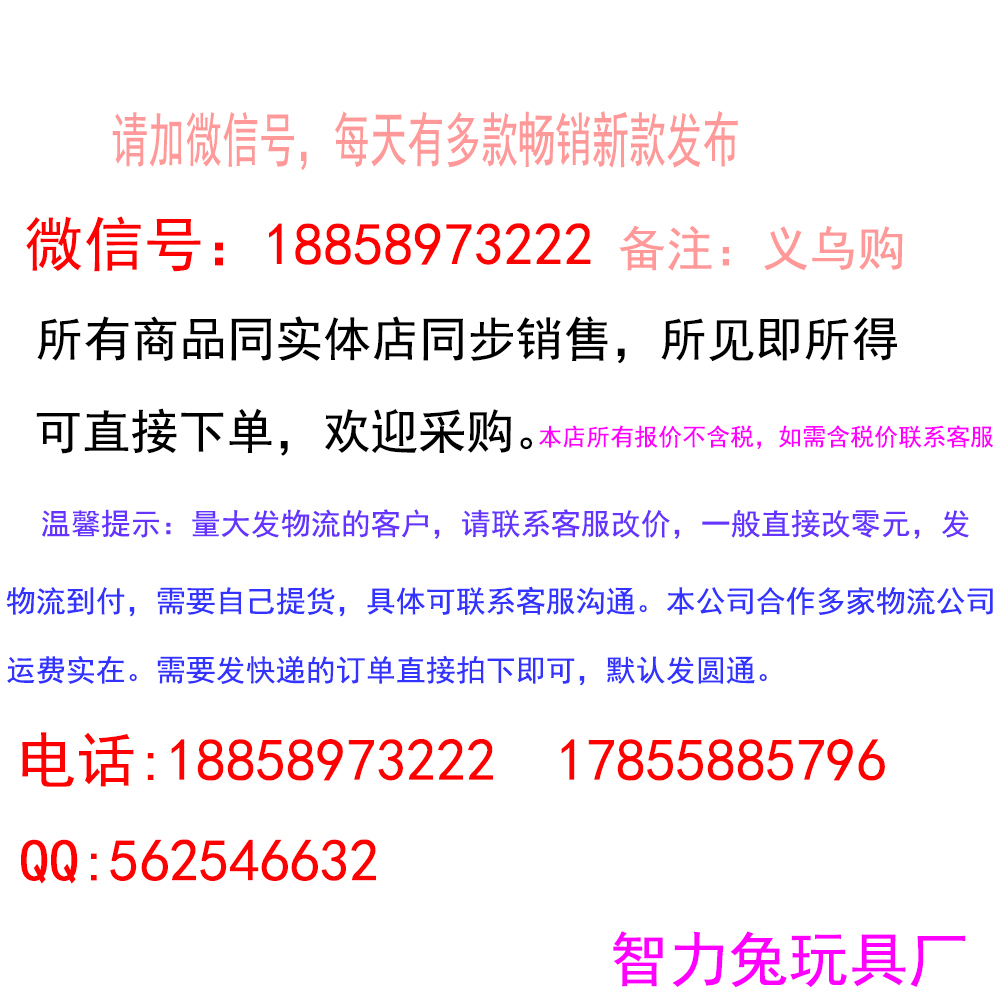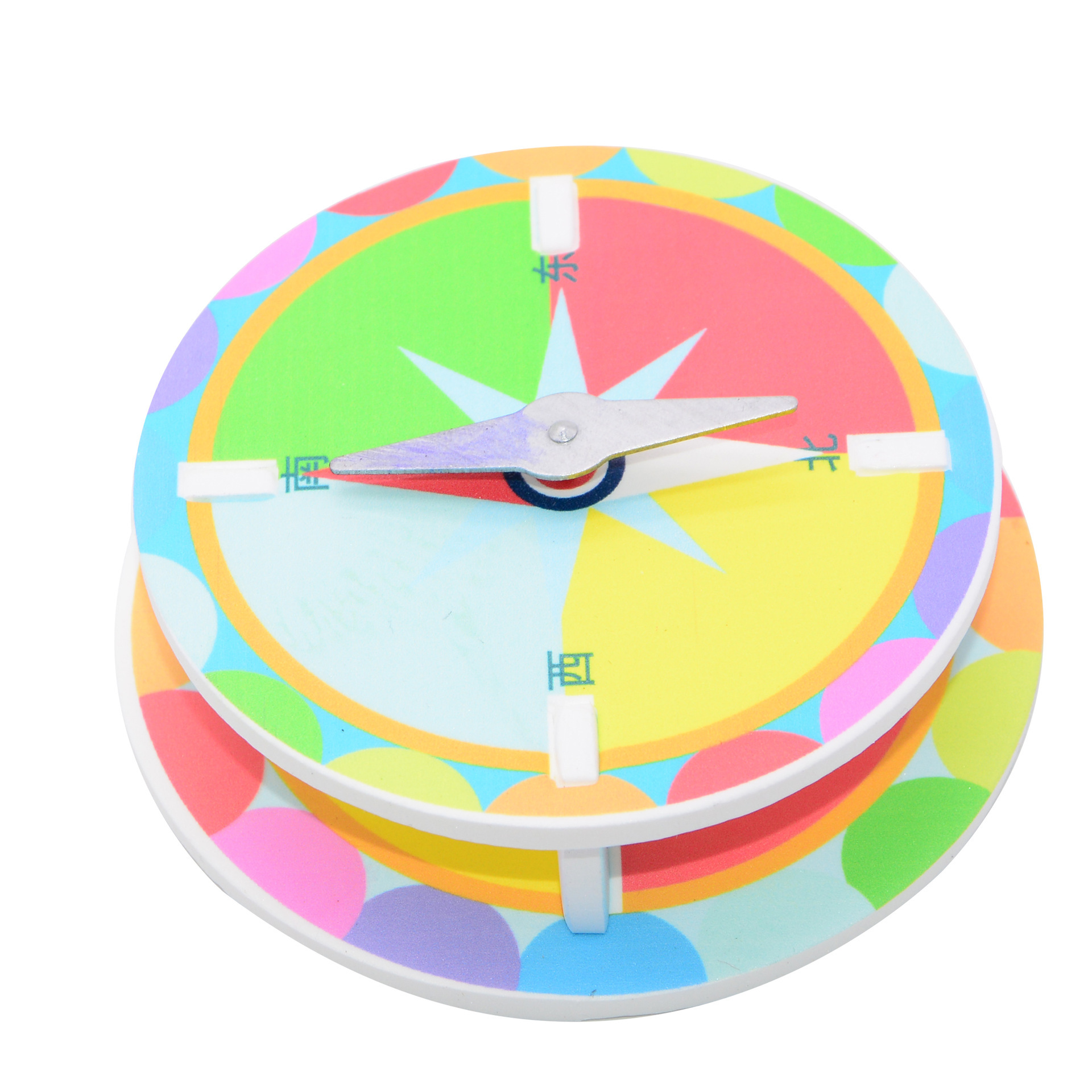physics creative small invention scientific experiment homemade suspension sinan compass technology small production handmade material
| Packaging information: |
|
|---|

Size: 100*100*35mm
Weight: About 20g
Material: Template Kit, Red and Blue Long Strip Magnets, Pointer, Ballpoint Pen Refill, Fine Wire, Double-Sided Tape, Colored Pencil (provided by yourself)
Color: Mixed
Battery: No
Packing: 300pcs
Box Specification: 600*450*550mm
Experimental Purpose:
Ancient compass: Little friends, do you know what this instrument is called? When was it first used? Why does the compass always point to the south? Why doesn't it point east or west? Today, let's make our own compass to explore!



Theoretical Analysis:
Knowledge point 1: Magnet's two ends have magnetic poles: The poles are divided into the South Pole (S) which is usually represented by red, and the North Pole (N) which is represented by blue. When the N pole and S pole are close, they will attract each other. When like poles are close, they will repel each other. This is the principle of attraction between opposites and repulsion between like.
Knowledge point 2: Magnetization: Originally, iron metal pointers did not have magnetic properties. The process of acquiring magnetism is called magnetization. Why can they be magnetized? Because the pointers are composed of magnetic molecules. Before being magnetized, these magnetic molecules were arranged in a disordered manner. When the magnetic molecules cancel each other out, there is no magnetism. When the pointer is rubbed against a magnet, the internal magnetic molecules are attracted and arranged in the same direction. Thus, magnetism is produced.
Knowledge point 3: Magnetic fields at the Earth's poles: Since our Earth is a large magnet. A compass is a small magnet, due to the principle of like repelling and unlike attracting. The compass always points in one direction. The end pointing south is called the South Pole (S). The end pointing north is called the North Pole (N).






Safety Warning:
All the accessories in this product are specially designed for student experiments. Please use them under the supervision of teachers and parents to ensure safety! Do not consume any of the products! They are not suitable for children under three years of age. Do not approach fire sources. Before assembling any batteries, please check if the circuit is clear, all parts of the circuit are complete, and all contacts are good. The + on the battery is the positive pole, and - is the negative pole. Be careful during the assembly process, and if glue is used, do not get it in your eyes or on your skin.
| Shop Details: |
|
|---|





